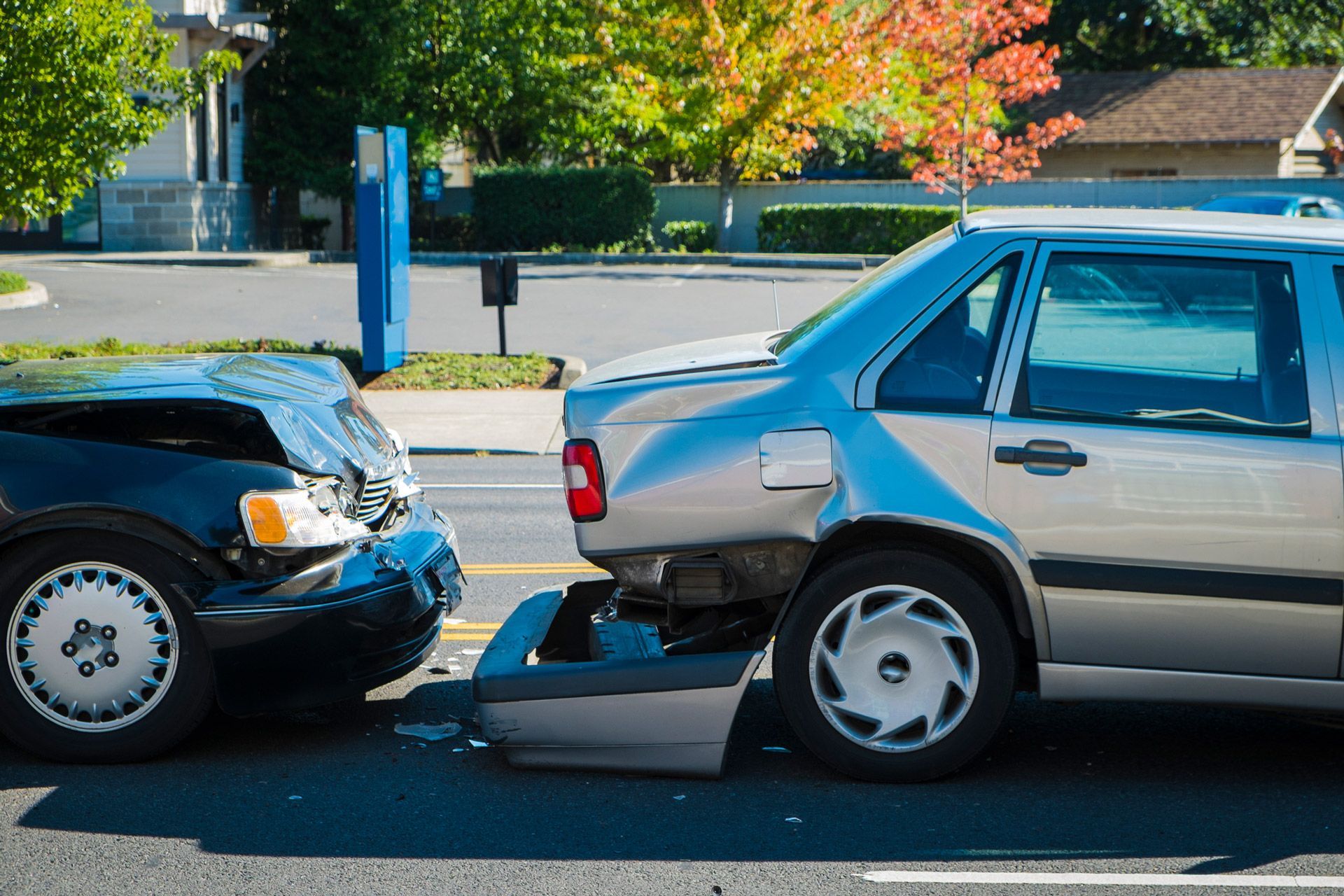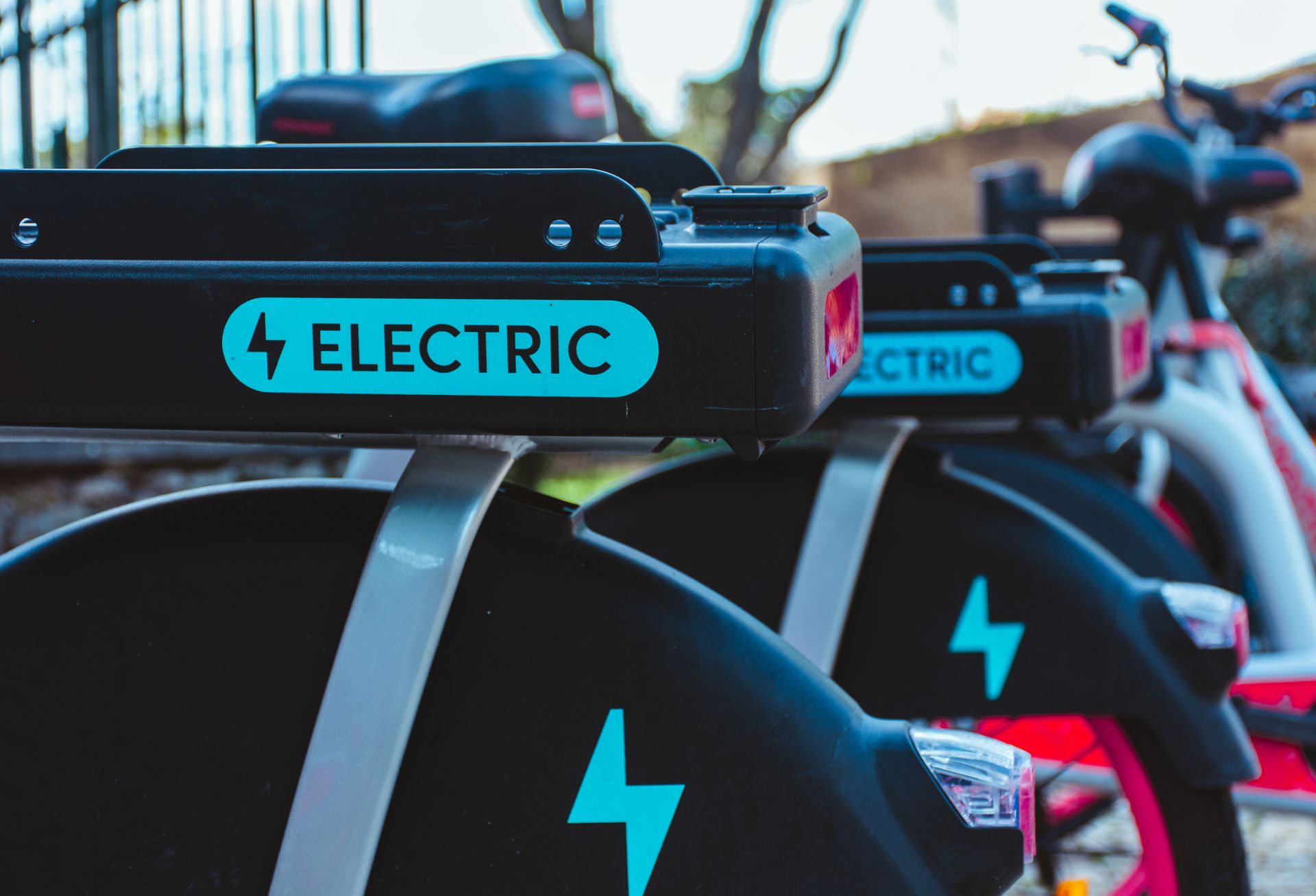Five Ways To Mess Up Your Personal Injury Case
Have you been injured in an accident? Is your first thought to hire a personal injury attorney? We commend you on that decision! However, just because you know you’re protected by an experienced Las Vegas Personal Injury Attorney , does not mean you are out of the woods just yet. Below we are going to describe five ways you can mess up your personal injury case–without even trying!
1) NOT WAITING FOR POLICE
If it’s a rear end collision, it probably won’t impact the liability of the other driver because it is clear that you were not at fault. However, even in a rear-ender, the police coming to the scene and giving a citation adds some seriousness to the collision, and blunts the minor fender bender defense that is likely to come from the insurance company.
If it is anything other than clear fault on the other driver, then by all means call the police and wait if you think you might be injured. A lot of times adrenaline takes over and you don’t feel pain right after the accident… but if there is significant damage, and you don’t feel normal, the police coming to the scene can help sort out fault and possibly get you medical attention right there. For instance, if the other vehicle came into your lane, and the driver got out and said “sorry, I drifted into your lane, it’s my fault.”; you might think well he’s now admitted fault, my car is driveable, let’s just exchange information and get out of there. A funny thing happens on the way home. The other driver starts thinking about his insurance rates going up; and you know, he starts to think the other guy (you) came into his lane. When you call his insurance company about the damage to the car, you find out he’s changed his story. There is no police report. There are no witnesses. It’s now word v. word and your claim is jeopardized. Wait for the police.
2) NOT DOCUMENTING YOUR CLAIM AT THE SCENE
We get a lot of calls where people are hurt from slipping and falling on a substance. My first question is “Did you take pictures of the substance or condition which caused you to fall?” Today everyone has a phone that can take pictures. Before they clean it up, take pictures of those old grapes. Before the step is fixed, take a picture of the chunk of concrete missing that caused you to fall. You can bet that the supermarket or apartment complex will not take pictures to help your claim. Fill out an incident report at the scene. If you’re really injured, verbally give your statement to an employee or manager, and follow up that an incident report is completed.
For car accidents, take pictures of both (or all) vehicles before they are moved. This will show where they are in the roadway, in addition to the damage caused to all vehicles. If there are witnesses, get their names and phone numbers. They will not wait around for an hour for the police to come. I cannot tell you how many times someone has told me that “he (the witness) told me the other guy ran the red light” and there is no information about this witness. If you don’t get the information at the scene, you will never get it; and there is no more powerful testimony to break the logjam of word v. word than an “independent” witness.
3) HANDLING A PERSONAL INJURY CLAIM ON YOUR OWN
In a very serious case, most people will get an attorney. In soft tissue injury cases, insurance companies are trained to prevent “attorney penetration.” They will call you early on and buddy up to you; they may offer some money for you to go away, like $500 or $1,000, before you even go to a doctor. They might offer to pay for a limited amount of therapy or chiropractic visits. You
think to yourself that sounds fair, let them pay for the chiropractor, and when you go to the chiropractor, it will be submitted to health insurance or the insurance company who will pay an artificially low rate. This is where they really get you. Say you go to a chiropractor 10 times, for total bills of $650. You’re not really better, but you figure that it will go away on it’s own, plus
the insurance company is giving you an extra $1,000 on top of the chiropractic bills. You sign the release and your case is over. You pat yourself on the back that you did it all without an attorney.
The reality is if it’s a decent case, you left thousands on the table. If you went to an attorney, the chiropractic treatment: 1) would not be that limited; and 2) the bill would be 5-8 times what the insurance company paid. Also, you probably would not be limited to therapy for treatment. In the usual case, you can submit $4,000-$6,000 in bills for a soft tissue case and the insurance
company considers that number, not the paltry $650, in evaluating your claim. Say your settlement is $9,000. After attorneys fees and medical bills you walk away with 3 times the amount than if you did it on your own. There is a reason why the insurance company does not want you to get a lawyer. Every now and again people call with an offer, and it is fair and you don’t need us. But that is not the usual case. Remember, the insurance company is not your friend
no matter how nice the adjuster is to you during the claim.
4) WAITING TOO LONG TO GO TO THE DOCTOR
Unfortunately, we get many calls a month or two after the accident, and the person still hasn’t gone for medical treatment. The longer you wait, the more likely your claim is ruined. At some point, whether it be 3 weeks or a month, the insurance company is not going to believe you were injured. Don’t take the attitude of waiting to see if the pain will go away. If you think you are hurt, go to the doctor immediately.
5) NOT GIVING YOUR DOCTOR AN ACCURATE MEDICAL HISTORY
In a personal injury claim, all medical records are scrutinized with a fine tooth comb. Doctors sometimes don’t ask for a detailed history. You know your history, and if there is anything in the past 5 years that could be relevant to your injury claim, make sure your medical provider knows about it; whether it be a prior accident with injury; or maybe you went to the chiropractor 3-4
times a year ago when you threw your back out in the yard. Think about this when you are talking to the doctor, because eventually if the case is litigated the insurance company will find out, and if it’s not in your doctor’s records about prior recent treatment, the inference will be that you are trying to hide it or minimize it because it adversely affects your claim.

If you or a loved one have experienced a Las Vegas accident injury, please do not wait to contact Craig P. Kenny & Associates. Time is not on your side and we want to help you recover. Call us today for a completely free case review by one of our dedicated attorneys.
Sincerely,
Craig P. Kenny & Associates
The post Five Ways To Mess Up Your Personal Injury Case appeared first on Craig P. Kenny & Associates.






















